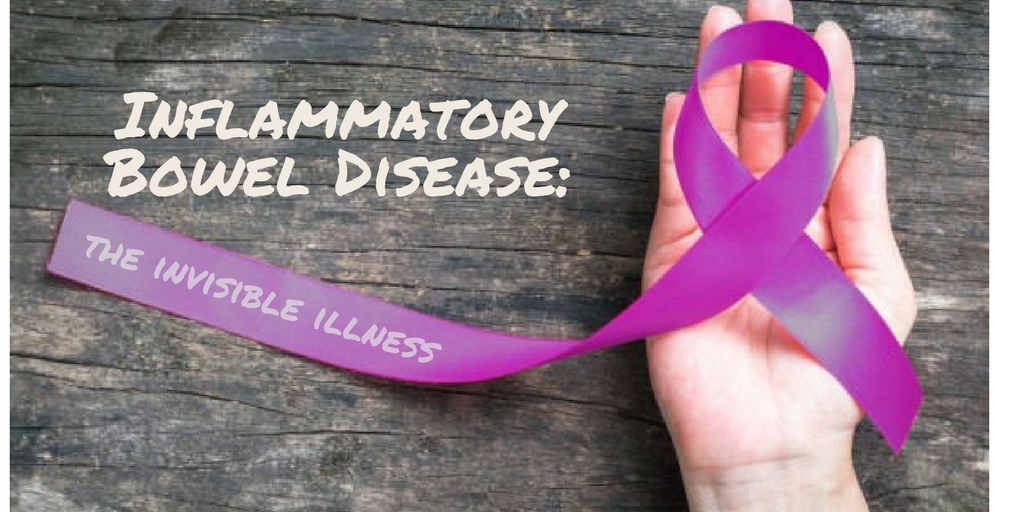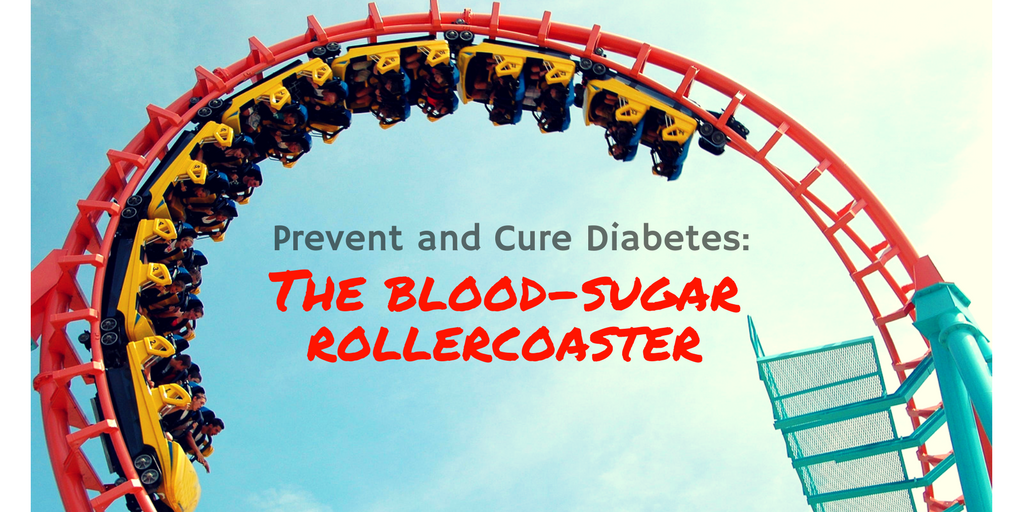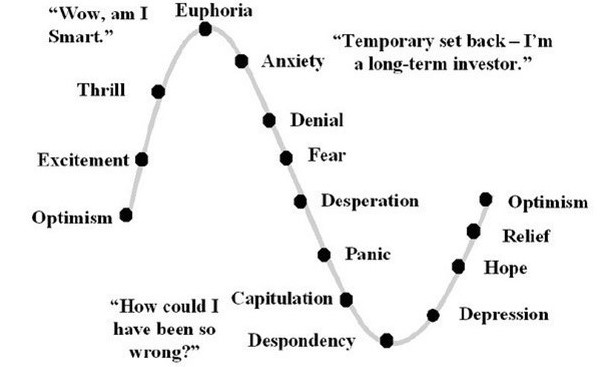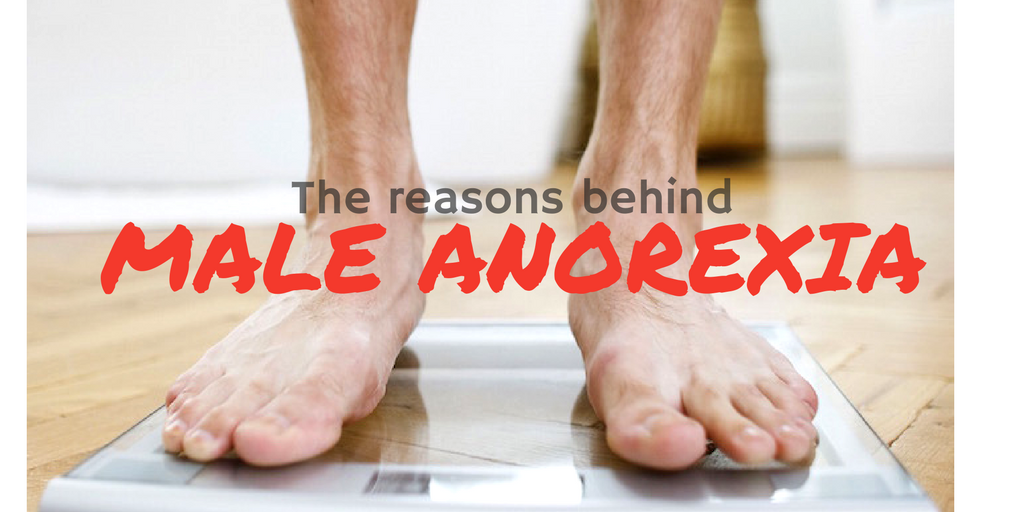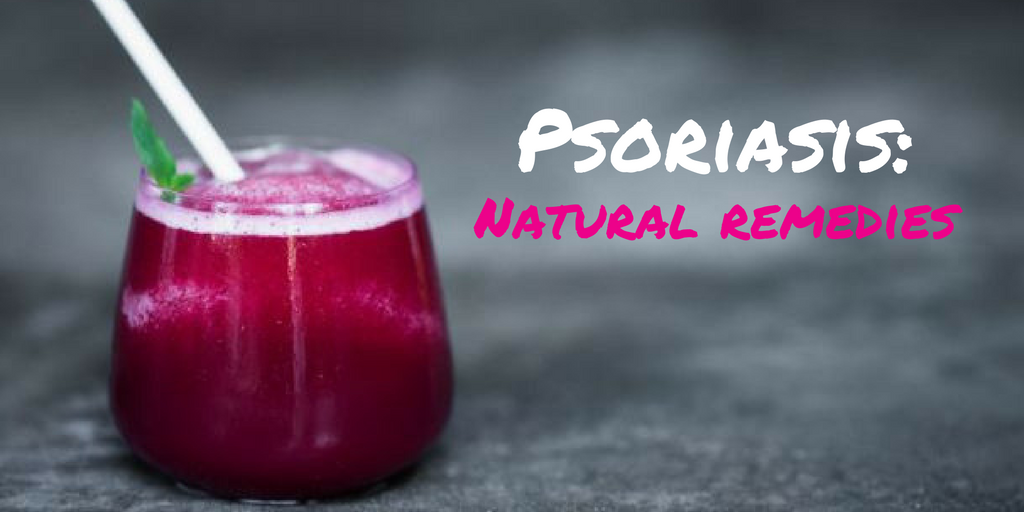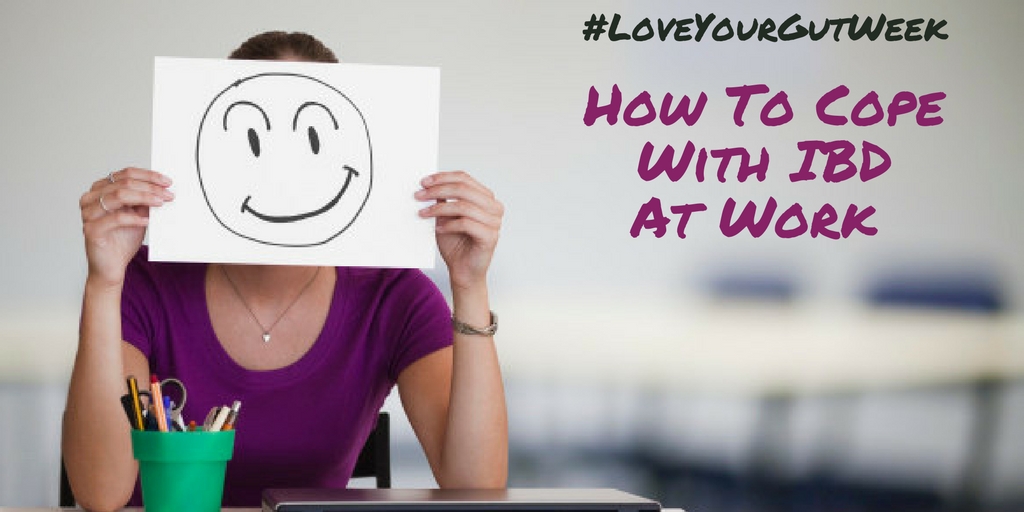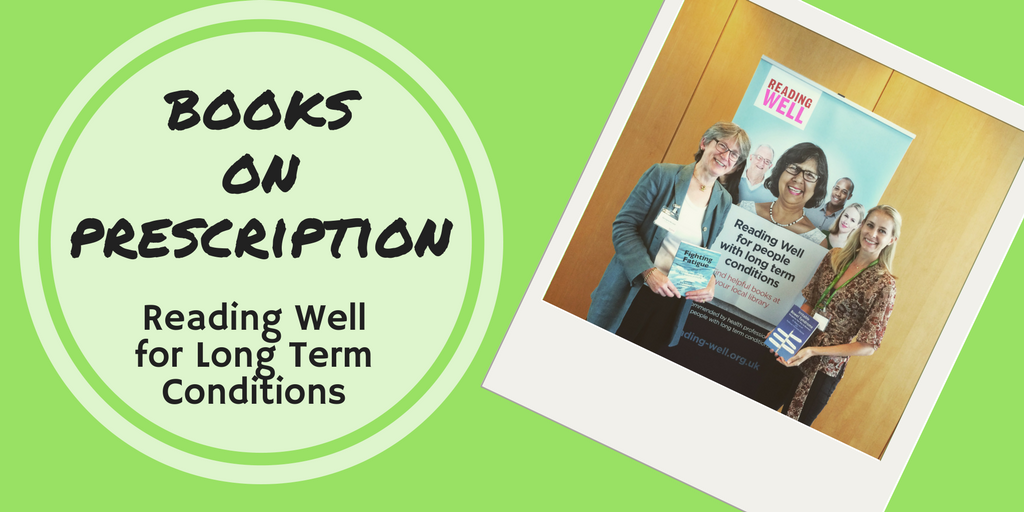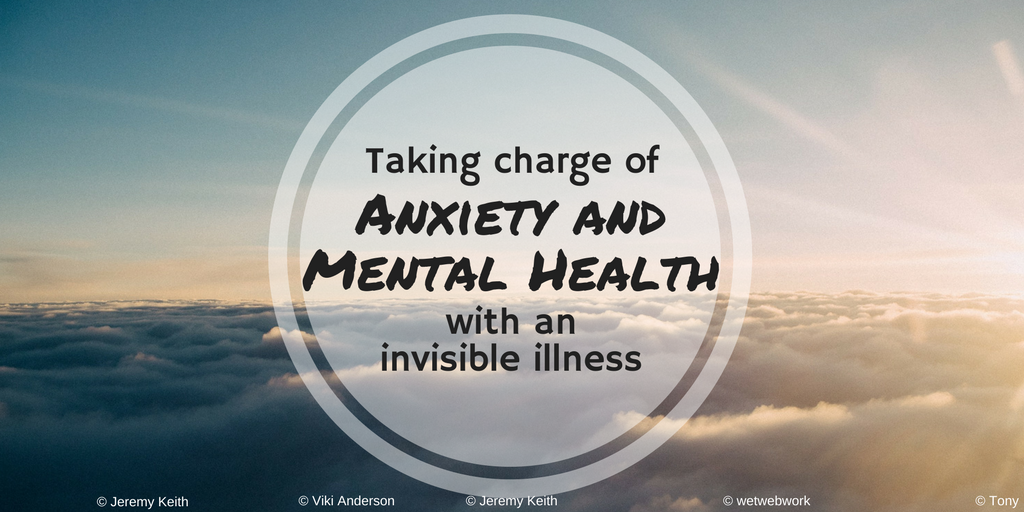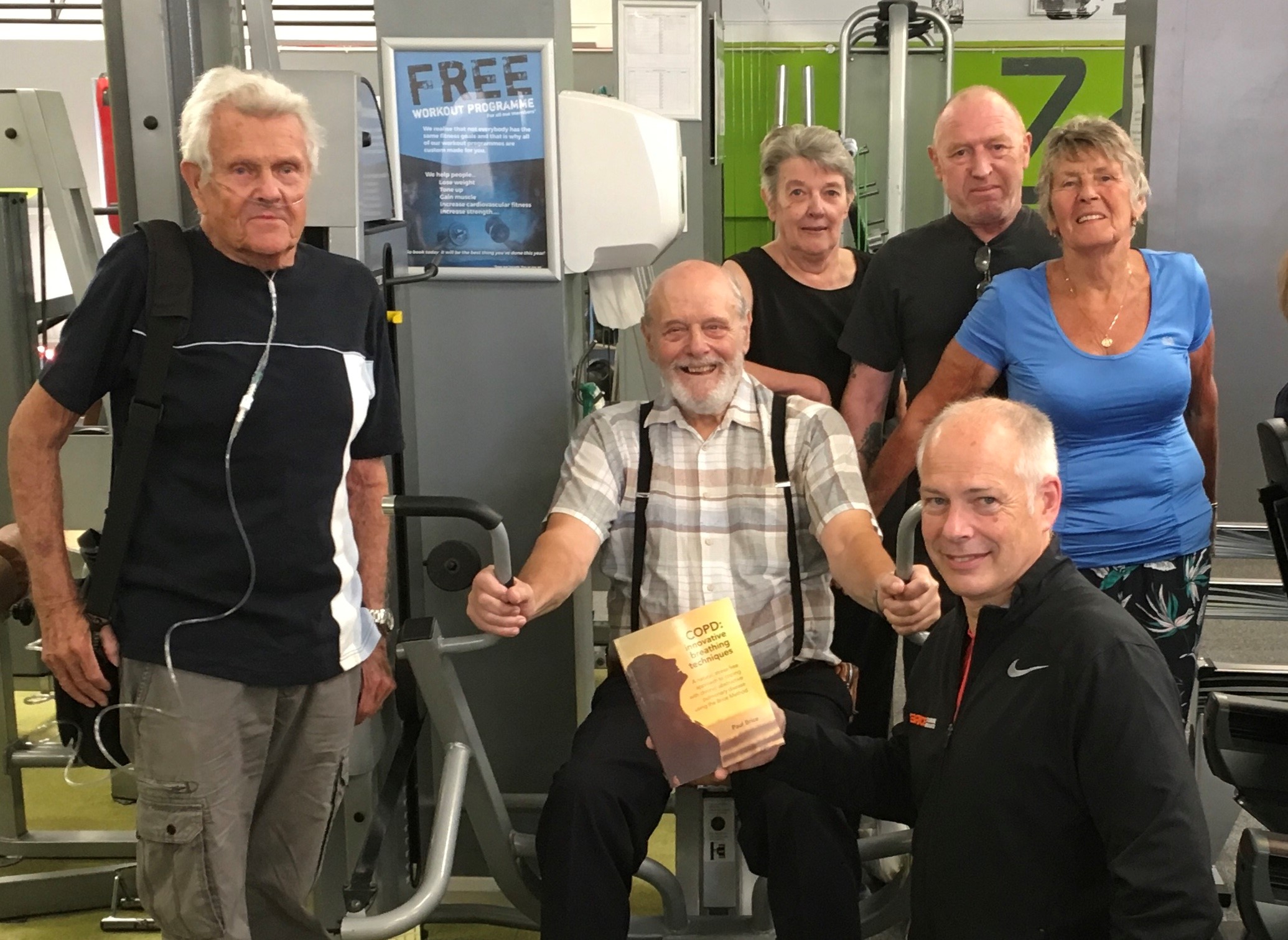
What was the inspiration behind COPD?
I had been working with COPD patients for nearly 7 years when I first considered writing this book. Initially this was because patients kept on telling me that they felt so much better using the techniques I used, and even people who had previously undertaken pulmonary rehabilitation told me that they had not been shown these exercises before. I did not think I was doing anything special until I researched what other pulmonary rehabilitation programmes delivered to their patients.
Without realising it, the skills and knowledge I had acquired as an athlete and a high-performance sports coach had helped me recognise how to use posture and movement to modify breathing and exercise capacity. I had found a way to communicate this to my patients in what they told me was clear, simple and logical.
I had developed a series of techniques to show my patients how they could use their bodies to breathe in a more natural and relaxed state, and a system to help them become more aware of the things that made them breathe poorly.
Only once patients had become more aware of how they could help themselves to breathe and move comfortably, would I introduce them into what could be called real exercise. The style and the intensity of exercise were staged and the rate of progress depended upon the individual patient.
Patients tell me they appreciate this gradual approach to their treatment, and I reiterate the fact by threatening to break into the song: ‘It ain’t what you do it’s the way that you do it….That’s what gets results!”
I started to write the book aware of the fact that the emphasis on posture and natural breathing meant that other conventional COPD techniques I had been taught were either no longer needed or were no longer relevant. It is with this in mind that I named the programme the ‘Brice Method’. I am very much aware that my method is likely to challenge some aspects of the conventional wisdom of breathing and exercise for COPD patients.
I had to write this book as I am passionate about helping other people with COPD benefit from the simple and effective techniques that my patients have benefitted from.
What was the most challenging part of writing the book?
There were two challenging aspects to writing COPD Innovative breathing techniques.
The first challenge was to ensure that the book was written at a level that would be suitable for patients with COPD, their friends and their families and not at a level for health professionals or practitioners.
When I started out writing the book, I was aware that other health professionals might skim read the book and look for evidence, references and a bibliography at the end of each chapter, all standard practice for medical/ health books. Quickly I realised that referencing the book in this way would make it totally unusable for the people who would gain the most from the book.
I was however, aware that because some of the postural techniques used at the start of the book can so dramatically modify the shape, size and mechanics of the patient’s lungs, there are a number of breathing techniques that follow, which would challenge the standard practice, and might stir up a bit of a furor amongst fellow professionals. In truth, I now welcome that latent debate.
The second challenge was to make patients aware that their COPD may not be the most restrictive health condition that they have. A high percentage of my patients find that once they have modified their postural habits and their breathing techniques, that their lungs are not the limiting factor when it comes to physical activity, but it is another health issue. Arthritis, chronic back or neck pain, acid reflux, shoulder immobility, and poor balance are all issues that can often restrict the patient’s ability to exercise. I believe that relaxed, natural breathing can only be done when the whole body is in a relaxed state and when it is relatively pain free. The unfortunate truth is that moving when you have not exercised in a while is going to be uncomfortable, so there is a section on identifying the difference between discomfort and pain, which is referred to at stages throughout the book.
What has been the most satisfying part of the writing process?
Having spent quite a lot of time on my own writing the book on my apple mac, taking the pictures and working with my daughter Lucy to adapt the images, the most enjoyable part of the book has been witnessing my simple word document morph into what I could recognise as being a proper book.
Before I started the project, I had a vision of how the book would look, and working with the publishing team has been a real eye opener as to the amount of work and expertise that goes into producing a completed book.
Surprisingly, having written the book, it has been particularly rewarding to search the top online book stores and see that the book is ready to order. I have searched for so many books over the years, wanting to learn things from other people, and to be referred to as an author on the likes of Waterstones, Amazon and Foyles will a take a little time getting used to.
What sort of people would benefit from reading the book?
The book is aimed fairly and squarely at the person who has been diagnosed with COPD, or a friend or family member. COPD is an overarching term that comprises many chronic lung conditions such as chronic bronchitis, bronchiectasis and emphysema, plus many more.
In reality there are a large number of people who have problems with their breathing, who might benefit from the techniques used in the book. The techniques are split into specific sections and even if a person has physical imitations that mean they cannot do the more active, later chapters in the book, most people seem to benefit with their breathing with the postural exercises and breathing techniques that make up the first half of the book.
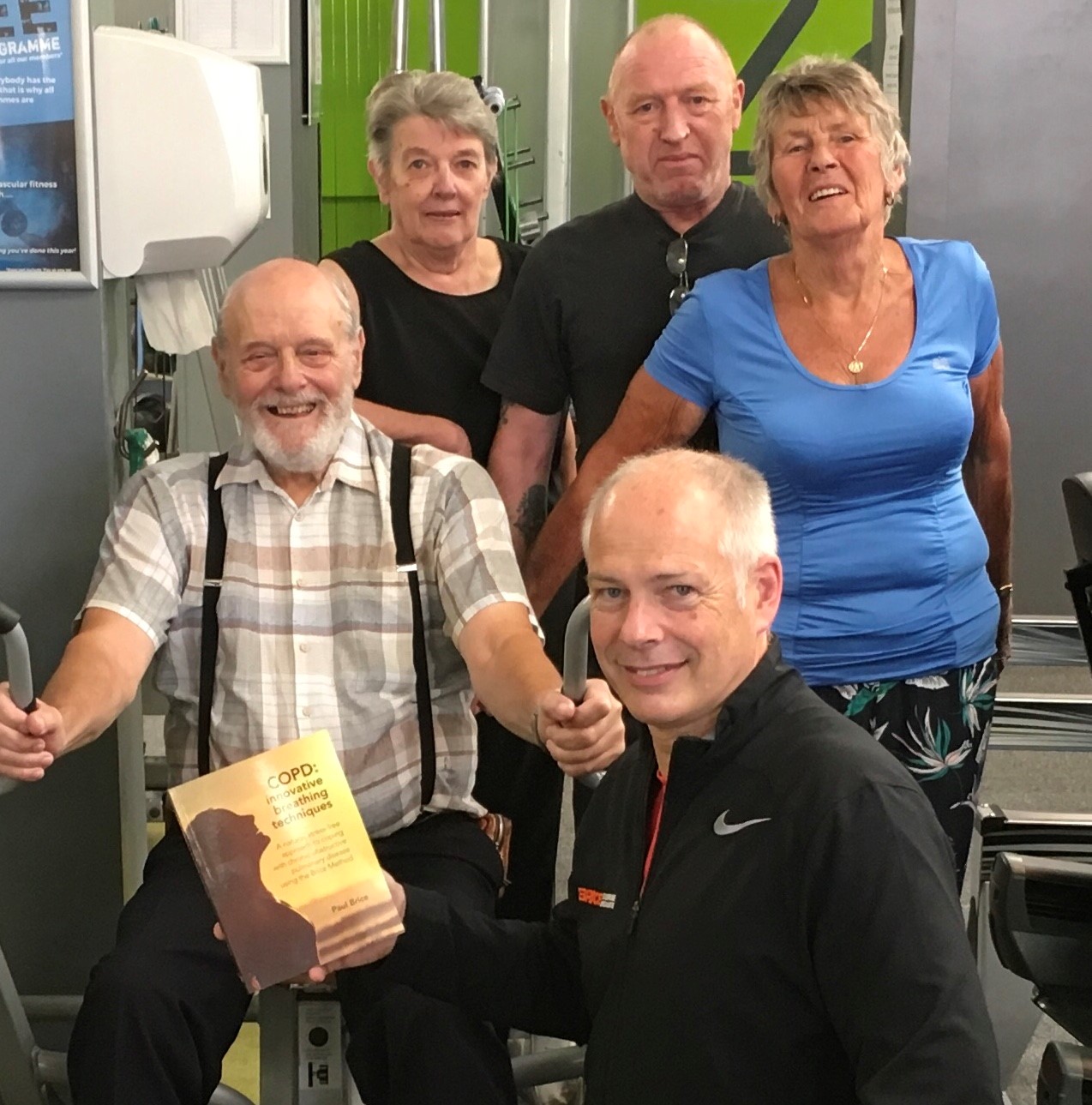
Try this simple exercise to see if the book might help you.
You sit down comfortably on a dining chair and take a deep breath. If you can listen to where you feel the air going into the chest. If you feel any of the following…..
- That you have to suck hard to get the air in
- That the breath is short and unsatisfying
- You cannot feel your chest expand
- You only feel the air going in the top of your chest
- You use your shoulders to lift the chest
…then the likelihood is you will get some benefit from the exercises and techniques in the book
I believe that breathing should be as natural and relaxed as possible, and the whole aim of the book is to help anyone with COPD breathe more easily.
How will people benefit from reading the book?
The aim of the book is to help show people with COPD how to get the most out of the lung function that they have remaining.
The book is structured so that the reader can learn what they need to do using a tried and tested step-by-step approach. They are encouraged to take things at their own pace, and only move forwards to the next stage once they feel they have mastered the section before.
Firstly the book shows the reader how they should use their lungs, and help them recognise what bad habits they might have developed that could prevent them from breathing more naturally.
I explain what they need to do to help overcome their bad habits using basic changes to their posture and make them aware of how simple body movements can be sequenced with the breath to help the body find a more natural breathing pattern.
The book explains how you can learn to maintain these new breathing techniques, using a homework plan, these are essentially micro workouts of 4 or 5 exercises that last between 3 and 5 minutes that can be done up to 4 times a day. This is how my patients overcome decade’s worth of inactivity, poor posture and bad breathing patterns within weeks or sometimes within days!
The book then goes on to suggest a range of exercises to improve the readers stamina and strength, whilst explaining what pitfalls to look out for along the way.
There is a landmark test that the reader can take at several stages throughout the book to help them monitor their progress and check that they are on the right path before moving on to the following stages.
If you would like to learn more about COPD, the first chapter of Paul’s book is available to read here.

 Did anything surprise you while writing IBD and the Gut-Brain Connection?
Did anything surprise you while writing IBD and the Gut-Brain Connection? 


